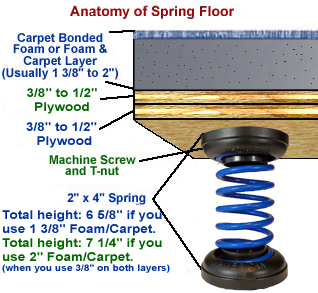MAIN LEVEL 4 GYMNASTICS BAR SKILLS, REQUIREMENTS, AND DEDUCTIONS!
*Glide Swing- Must take off with two feet and land with two feet. Must have great body extension. Hands must remain on the bar between the glide and pullover.*Pullover-Must pull over with two feet. Do not jump, hop, or step into the pullover. Make sure the landing is in a front support with straight arms and a tight body.
*Front Hip Circle-Maintain a straight hollow body. Must connect a small cast while coming out of the front hip circle.
*Shoot Through (Single Leg Squat Through)-Leg /foot cannot contact or touch the bar when shooting through. Show a stride support at the end of the shoot through (hands are the only thing touching the bar).
*Mill Circle (Forward Stride Circle)-Must show clear stride support at the beginning and end (only thing touching the bar is your hands). Do not hook knee on the bar when doing this skill. Be sure to flip your hands backwards before doing this gymnastics bar skill.
*Cut Back- Be sure to change your hand position before cutting back. Keep arms straight and end in an extended front support when cutting back.
*Cast- Keep proper body alignment. Maintain a hollow, straight body from shoulders to toes.
*Back Hip Circle- Keep a straight hollow body position while maintaining hip/thigh contact on the bar the entire time. Must connect the back hip circle and underswing dismount.
*Underswing Dismount-Once again, maintain a straight hollow body with straight arms and a great body extension with flight. Stick your landing!
A gymnastics bar routine should not be choppy but should show connections and fluidity throughout the entire routine. Each gymnastics bar skill should lead to the next without any breaks in rhythm.


